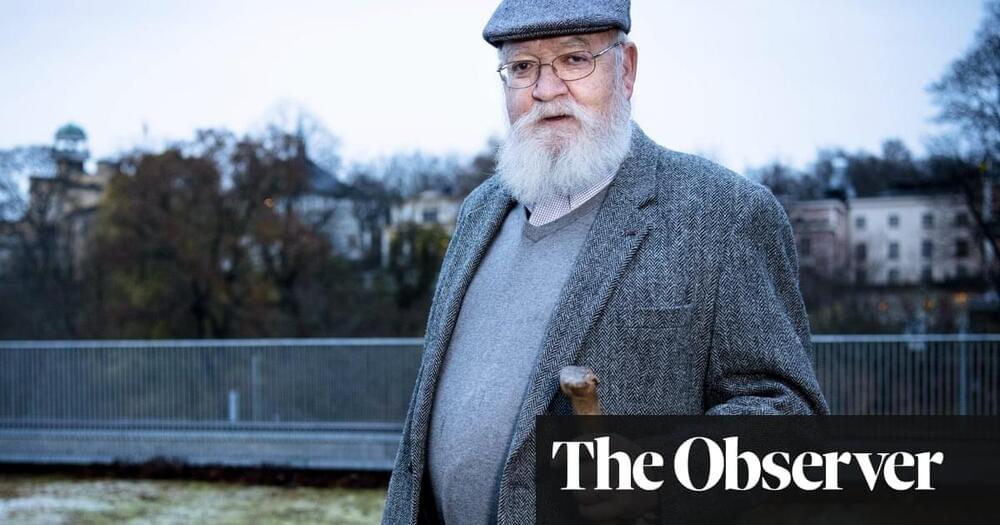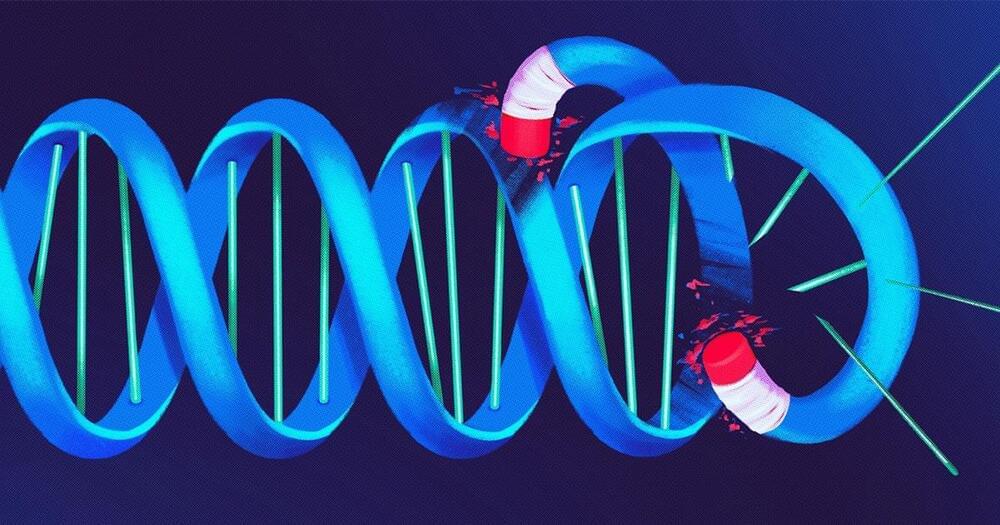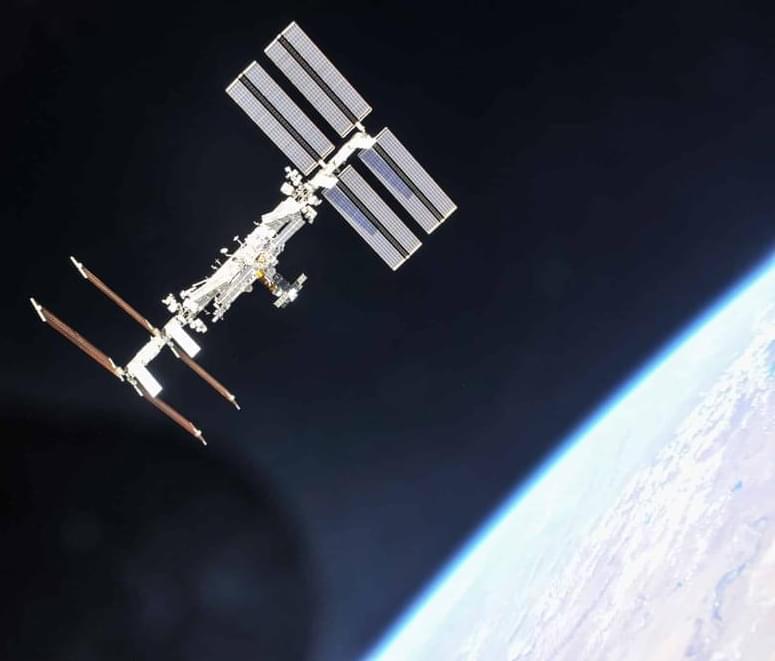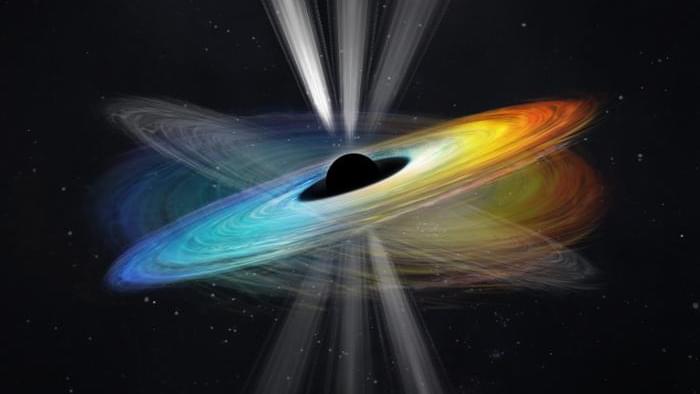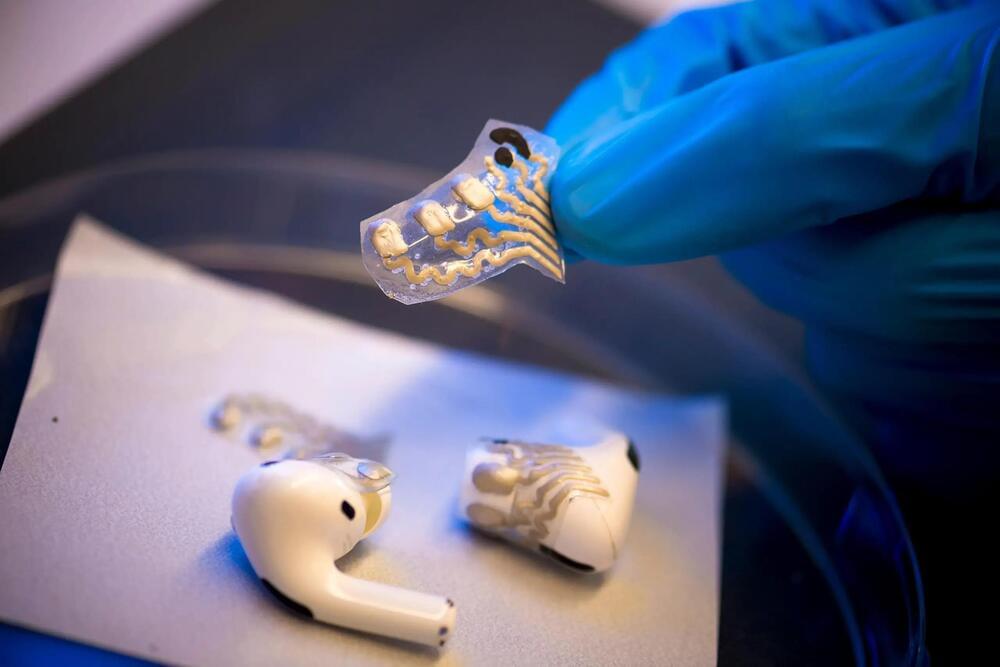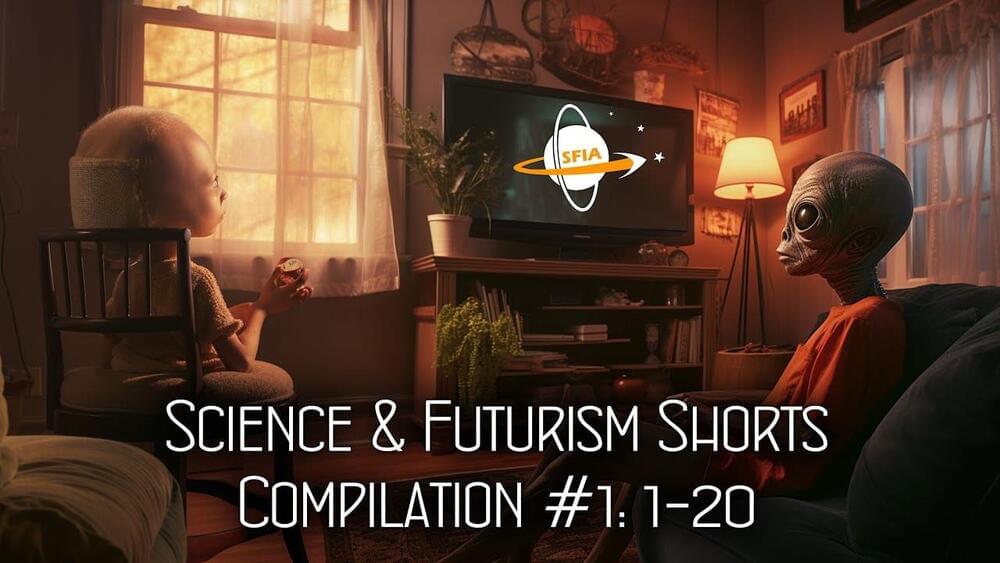This article explores the research question: ‘What are ChatGPT’s human-like traits as perceived by society?’ Thematic analyses of insights from 452 individuals worldwide yielded two categories of traits. Category 1 entails social traits, where ChatGPT embodies the social roles of ‘author’ (imitating human phrasing and paraphrasing practices) and ‘interactor’ (simulating human collaboration and emotion). Category 2 encompasses political traits, with ChatGPT assuming the political roles of ‘agent’ (emulating human cognition and identity) and ‘influencer’ (mimicking human diplomacy and consultation). When asked, ChatGPT confirmed the possession of these human-like traits (except for one trait). Thus, ChatGPT displays human-like qualities, humanising itself through the ‘game of algorithms’.
The veteran US philosopher renowned for his theories of consciousness is an intriguing figure but too prone to ‘professorial preening’.
In a recent study, scientists stained the DNA of this worm hatchling to hunt down segments of DNA that they’d seen deleted from its genome earlier in development. The deleted fragments (red) survive only in germline cells in the worm’s gonads.
To figure out what was going on, Delattre’s lab looked at the DNA of an adult worm. The researchers compared the genomes of M. belari’s germline cells — the specialized reproductive cells like sperm and eggs — with the genomes of the worm’s somatic (nonreproductive) cells. The somatic genomes were missing long strings of sequences present in germline genomes. Sometime between the embryo’s growth from seven cells to 32, huge chunks of DNA had vanished.
The scientists then watched nematode embryos develop under a microscope. As the cells grew and replicated their genomes, they broke 20 chromosomes down into fragments and then reassembled them into 40 miniature chromosomes. Most of the fragments rejoined in this new, smaller genome — but a substantial fraction were left out.
OpenAI recently announced an upgrade to ChatGPT (Apple, Android) that adds two features: AI voice options to hear the chatbot responding to your prompts, and image analysis capabilities. The image function is similar to what’s already available for free with Google’s Bard chatbot.
Even after hours of testing the limits and capabilities of ChatGPT, OpenAI’s chatbot still manages to surprise and scare me at the same time. Yes, I was quite impressed with the web browsing beta offered through ChatGPT Plus, but I remained anxious about the tool’s ramifications for people who write for money online, among many other concerns. The new image feature arriving for OpenAI’s subscribers left me with similarly mixed feelings.
While I’ve not yet had the opportunity to experiment with the new audio capabilities (other great reporters on staff have), I was able to test the soon-to-arrive image features. Here’s how to use the new image search coming to ChatGPT and some tips to help you start out.
NASA has officially called upon companies to submit designs for a so-called U.S. Deorbit Vehicle (USDV) for the International Space Station (ISS). This pioneering spacecraft would have the crucial mission of safely bringing the ISS back to Earth, marking the ISS’s planned retirement.
The unprecedented project comes with an estimated price tag “a little short of about $1 billion,” as reported earlier this year by Kathy Lueders, NASA Associate Administrator for Space Operations.
Although initial considerations revolved around employing Russian spaceships for this monumental task, NASA, in a strategic shift, opened the floor this month to proposals from U.S. industry. The deadline for these innovative submissions is set for November 17, following the initiation of the call for designs on September 20.
Astronomers have found the first direct evidence of a black hole spinning, and it’s confirmed Einstein’s theory of relativity yet again.
The discovery was made by studying powerful jets of energy beamed from the solar system-size black hole at the center of the neighboring Messier 87 galaxy. The black hole, called M87, is the best studied black hole to date and the first to ever be directly imaged in 2019, with its “donut hole” shadow crowned by a fuzzy halo of light.
Who knows? Maybe this is a way for giving commands to a computer/AI instead of implants if further developed in the future.
The streaming data from these biosensors can be used for health monitoring and diagnosis of neuro-degenerative conditions.
A pair of earbuds can be turned into a tool to record the electrical activity of the brain as well as levels of lactate in the body with the addition of two flexible sensors screen-printed onto a stamp-like flexible surface.
The sensors can communicate with the earbuds, which then wirelessly transmit the data gathered for visualization and further analysis, either on a smartphone or a laptop. The data can be used for long-term health monitoring and to detect long-term neuro-degenerative conditions.
That’s good news if it becomes successful! Cancer is such an awful disease.
There’ll be an app for that.
Curing cancer could soon be as easy as a few taps on your mobile, according to a team of scientists at Rice University who have received $45 million in funding for a novel, implant-based treatment system that could cut cancer death rates by 50%.
The funds, granted by the Advanced Research Projects Agency for Health, will be used to develop “sense-and-respond implant technology,” with the aim to improve the outcomes of immunotherapy treatments for cancers that are usually difficult to treat.
A collection of the first 20 Shorts from SFIA, covering a wide range of topics in science & space.
Visit our Website: http://www.isaacarthur.net.
Join Nebula: https://go.nebula.tv/isaacarthur.
Support us on Patreon: https://www.patreon.com/IsaacArthur.
Support us on Subscribestar: https://www.subscribestar.com/isaac-a… Group: https://www.facebook.com/groups/15839… eddit: https://www.reddit.com/r/IsaacArthur/ Twitter: https://twitter.com/Isaac_A_Arthur on Twitter and RT our future content. SFIA Discord Server: https://discord.gg/53GAShE Credits: Science & Futurism Shorts Compilation #1: 1–20 Episode 414a, October 1, 2023 Written, Produced & Narrated by: Isaac Arthur Music Courtesy of: Epidemic Sound http://epidemicsound.com/creator 00:00 Intro 00:30 Quasar Cannon 1:30 Birch Planets: Galaxy-Sized Worlds 2:30 Aliens Beyond the Galactic Rim 3:30 BWC Megastructures & Artificial Planets 4:29 Hegemonizing Swarms 5:29 Solar Moths & Solar Sails 6:27 Fusion Candles 7:12 Non-Equatorial Space Elevators 8:10 Building Artificial Planets 9:10 Computronium 10:13 Deciphering Alien Codes 11:12 Astrochickens & Von Neumann Probes 12:12 Could Dinosaurs have Been killed by Aliens? 13:11 Will Humans In Space Be Taller? 14:02 The Stanford Torus 15:02 Could Technology Bring You Back to Life? 16:02 Is our galaxy going to Collide with Andromeda? 16:58 The Bernal Sphere 17:55 Nuclear Lightbulb Spaceship Drive 18:55 Von Braun Space Station 19:54 Close.
Facebook Group: https://www.facebook.com/groups/15839…
Reddit: https://www.reddit.com/r/IsaacArthur/
Twitter: https://twitter.com/Isaac_A_Arthur on Twitter and RT our future content.
SFIA Discord Server: https://discord.gg/53GAShE
Credits: Science & Futurism Shorts Compilation #1: 1–20
Episode 414a, October 1, 2023
Written, Produced & Narrated by: Isaac Arthur.
Music Courtesy of:
Automotive manufacturers, including Mazda and Toyota, are currently developing hydrogen engines to power their vehicles, and these engines could one day replace not only hydrogen fuel cell technology and traditional combustion engines, but perhaps even electric vehicles (EVs).

